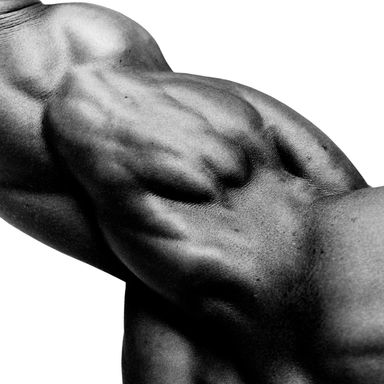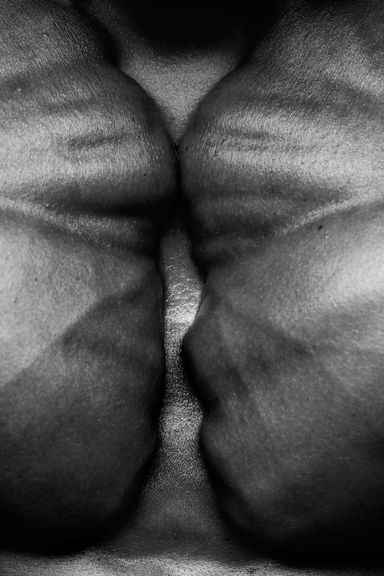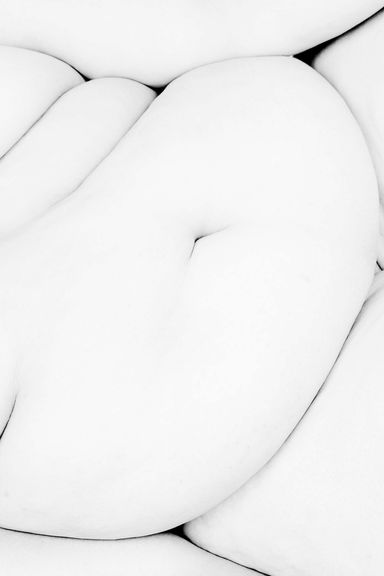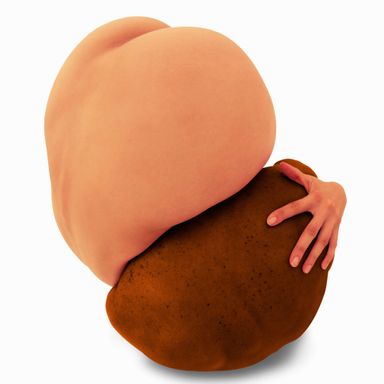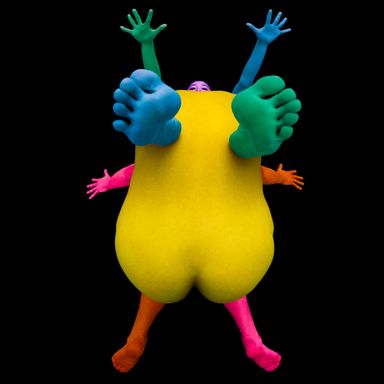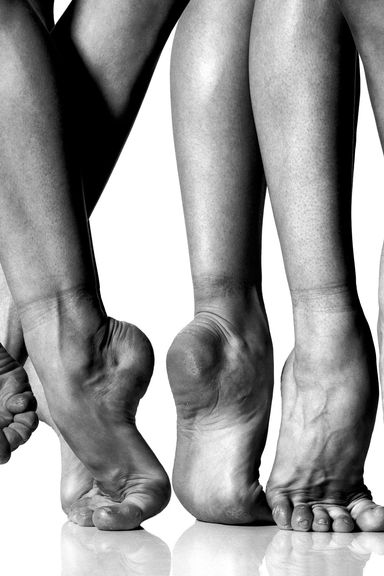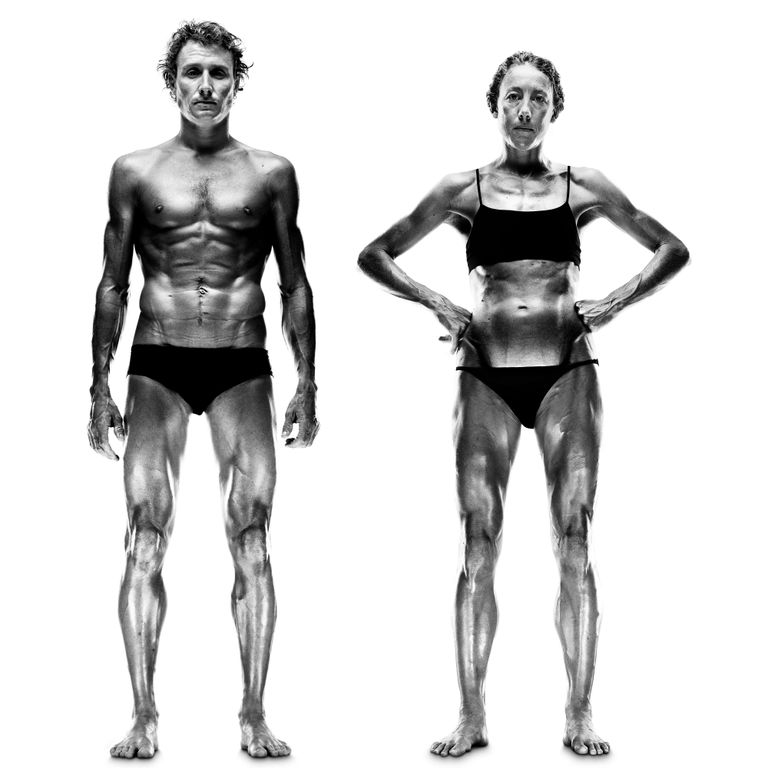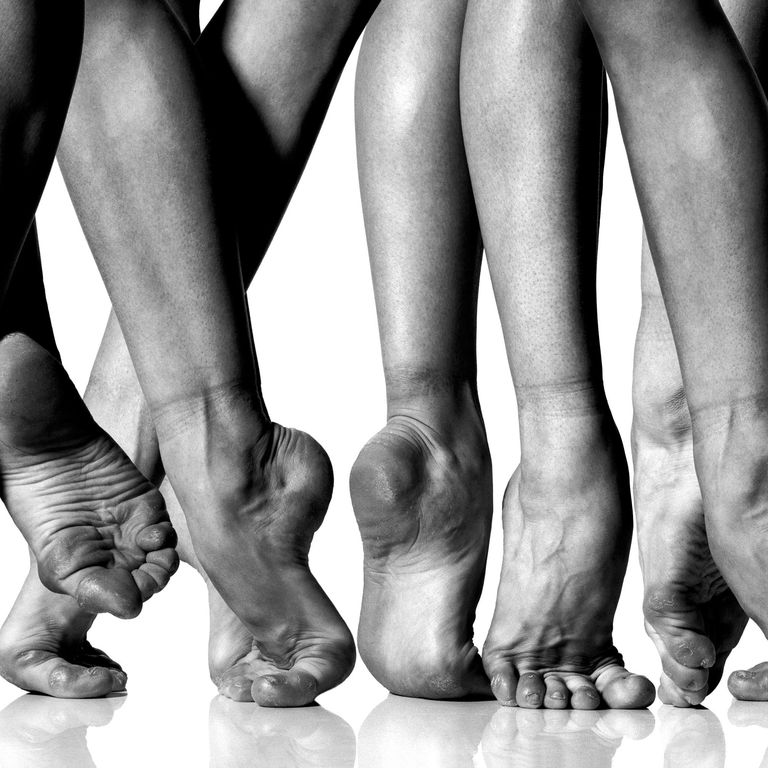See Howard Schatz’s Limited-Edition Photography Collection
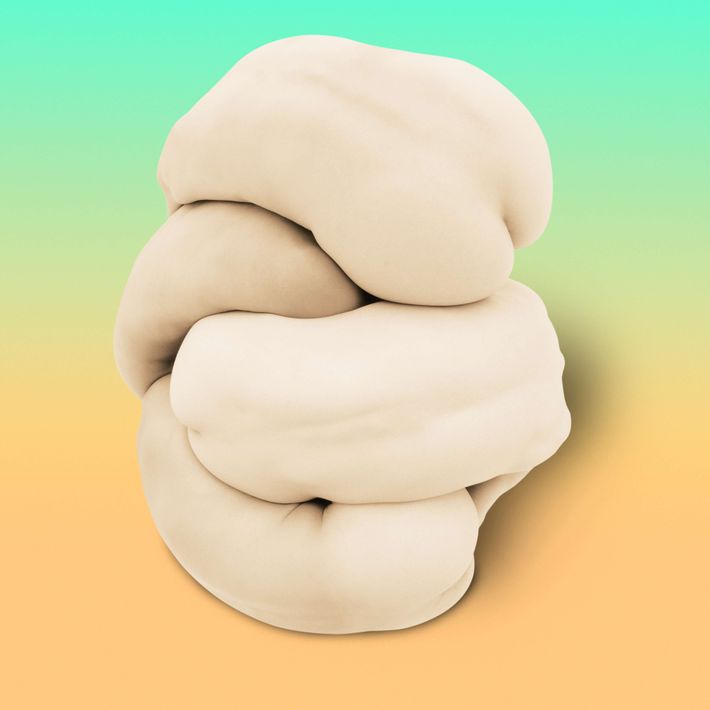
Howard Schatz has reached the elite level in an elite field twice over. In his Act One, “I was a retina specialist,†he explains. An M.D. who trained at Johns Hopkins, he published a hundred or so research papers and seven textbooks. It was a career he loved, but one project in 1978 began to tug him in a new direction. “There’s a test called fundus fluorescein†— essentially, a fluorescent dye is injected into the bloodstream, making the capillaries in the eye sharply visible with a filter under UV light — “and I wrote an 800-page book with 1,200 photos about its interpretation. I have a memory for photographic objects, for visual things, and I knew every picture in it, could describe it.†He found that he really took to the technical side of photography, and as an eye doctor may have had a preturnatural affinity for lenses and optics. He also, he says, reveled in the ability to screw up and learn from the experience to improve his art: “In surgery, a mistake could result in a lost eye. Whereas I need to make mistakes as a photographer.â€
Over the next decade, he began to see fewer patients and take more pictures not just of eyes but of people, showcasing their skin, their shapes, their variable textures and forms. And, he says, his bedside manner turned out to be useful as well. “Patients came anxious, and I learned to behave in such a way from the time I walked into the room that, within a minute or two, the patient would take a deep breath and feel they were in the right place.†The same, he says, turned out to be true in portrait sessions. “It’s helped me with celebrities, it’s helped me with strangers.†And his medical background helps in other ways, notably in a celebrated series of pictures he made that show, in fine detail, the distinctions among the bodies of highly developed athletes: the way a sprinter’s legs differ from a marathoner’s from a triple-jumper’s, say.
This second career — similarly high-level, with regular work in not only New York but also Vanity Fair and Time and The New Yorkآ Times Magazine — can be seen in an immense limited-edition two-volume slipcased collection, just out from Glitterati. Titled Schatz Images: 25 Years, it shows off not only the volume of his work but also its breadth. One series focuses on fleshiness: close-in portraits of silky rolls and ripply skin. Another long set of portraits, called “Body Knots,†treats pairs of bodies like intertwined fingers, each forming a near-abstraction that recalls Edward Weston’s sexy green peppers. (Schatz adds color to these in Photoshop, giving them extra pop.) Still other series show similarly knitted bodies over which he’s poured fluorescent dye, of the same type used in those retinal photographs, the results looking almost like Day-Glo interpretations of drippy food-porn photos. Several sets also luxuriate in the ripped physiques of impossibly hardbodied dancers and athletes. For those, he says, he deliberately pushes even these dramatically physical subjects to their limits: “I told every dancer, if you walk out of here saying â€کthat was fun,’ we failed.â€
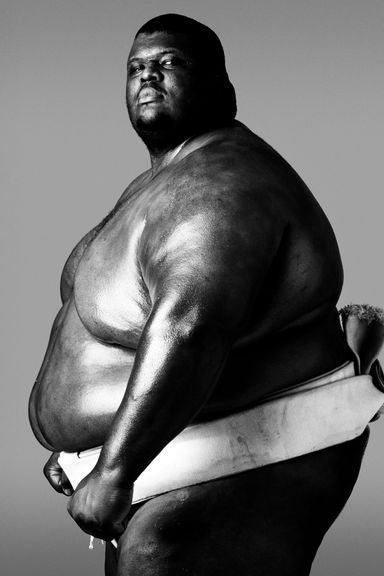
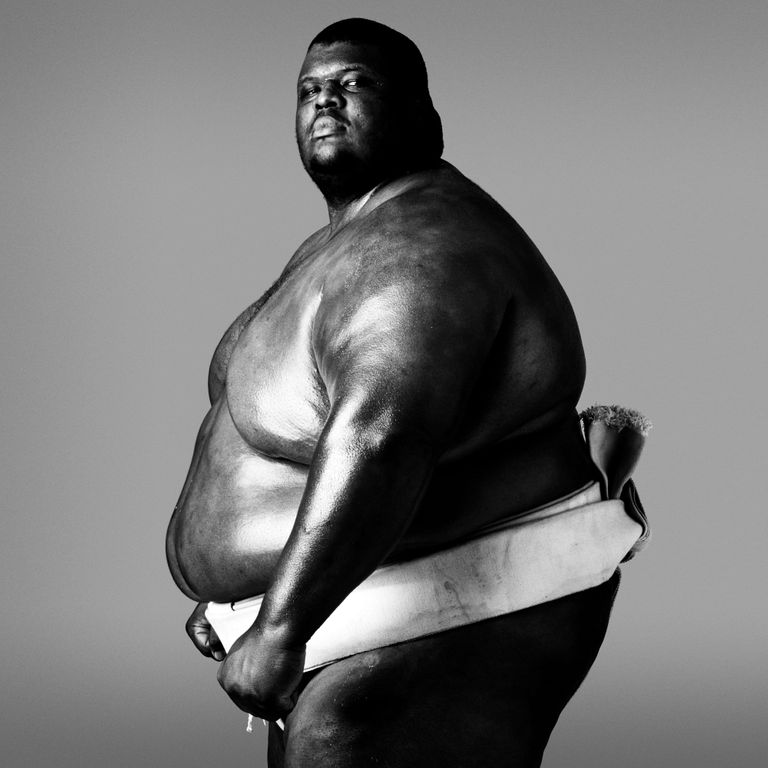
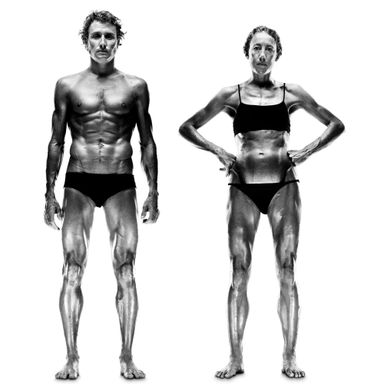
Photo: Howard Schatz
